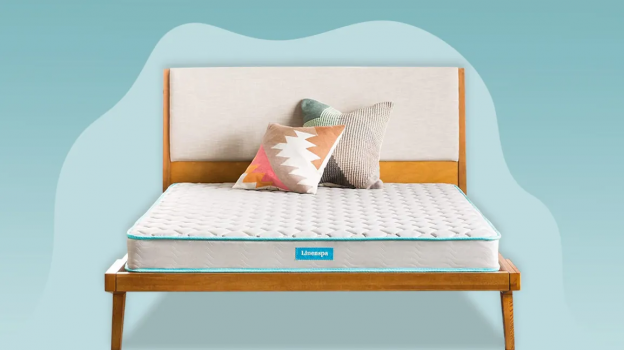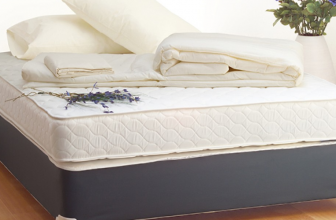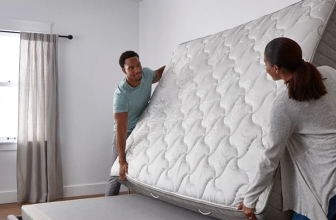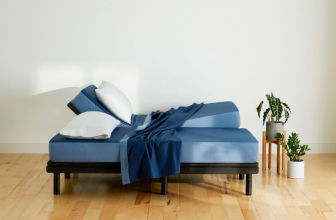Brief: What is a Low Profile Mattress
- Introduction: A low profile mattress is an innovative option in the mattress market, tailored to specific needs, such as those of side sleepers, stomach sleepers, or individuals with chronic pain.
- Types: Low profile mattresses are categorized into two types:
- Solid Low Profile: Firm and flat, suitable for back or side sleepers.
- Pillow Top Low Profile: Softer than solid low profiles, offering a balance of comfort and pain relief.
- Benefits:
- Pain Relief: Provides optimal support for those suffering from chronic pain, alleviating pressure on the spine and joints.
- Motion Isolation: Reduces disturbances from a partner’s movements during sleep.
- Sleep Temperature: Designed for airflow between the body and the mattress surface, aiding in temperature regulation and reducing inflammation.
- Choosing a Low-Profile Mattress: Considerations include the size of your bed, the current mattress’s condition, ease of cleaning, design, construction, and durability.
- Design and Construction: Similar in design to traditional mattresses, the key difference lies in the pillow top, which influences spine support and overall comfort.
- Durability: Generally more durable than standard mattresses due to enhanced design, offering better back and neck support.
- FAQs:
- Definition: A low-profile mattress is thinner than standard mattresses, usually between 4 to 8 inches thick.
- Benefits: Offers ease of access, less joint stress, and easier maneuverability.
- Support Level: Comparable to standard mattresses in comfort and support.
- Suitability: Ideal for those seeking a lower, more manageable mattress, and those with joint pain.
- Applicability for Sleepers: Suitable for most sleepers, with adjustable models available for tailored comfort.
- Support Expectations: Provides optimal support, preventing sagging and promoting spinal alignment.
- Ideal Thickness: Typically ranges from 4 to 8 inches.
- Compatibility with Platform Beds: Generally suitable, but it’s advisable to check with the manufacturer.
- Lifespan: Lasts between 5 to 10 years, depending on material quality and usage.
- Warranty: Varies by manufacturer, usually between 5 to 25 years.
Mattresses have evolved over the years to address many different needs. Some beds are designed for specific sleepers, like side sleepers or stomach sleepers; some are designed for specific body types; some mattresses are designed with certain pain points in mind: back pain, neck pain, and chronic pain.
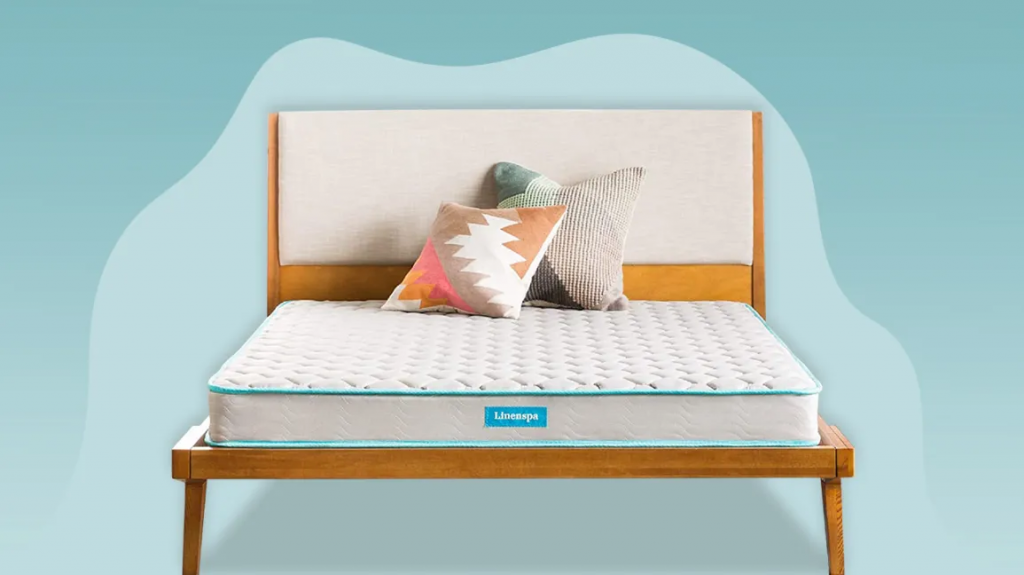
Low-profile mattresses are new on the market, but they gain popularity because they meet all the buyer’s requirements. It’s essential to identify these need points so that you can find the right mattress for you and your needs. This guide will help you better understand a low-profile mattress and what things to consider while choosing the best mattress for your needs.
Types Of A Low-Profile Mattress
A low-profile mattress has two different types. A solid low-profile mattress is a firm and flat mattress with no pillow top. This type of mattress is recommended for those who sleep on their back or side. A pillow top low profile mattress is softer than a solid low profile but still firmer than a regular pillow top. This gives you the benefit of pain relief while still providing you with comfort and an excellent night of sleep.
Benefits Of A Low-Profile Mattress
Despite the fact that low-profile mattresses just appeared on the market, they have many benefits, especially for those who suffer from back pain. Let’s go deep and check more benefits.
Pain Relief
A low-profile mattress is an excellent choice for those suffering from pain. A low profile provides excellent pain relief. If you have chronic back or joint pain, this mattress offers optimum support to reduce and relieve pressure on the spine and joints.

Motion Isolation
A low-profile mattress provides excellent motion isolation. This means that your partner moving will not disturb you. You will also not need to adjust your body or move it to accommodate the position of your partner’s body. A regular mattress up-sets the whole bed when one person moves, which isn’t always good for the back in the morning.
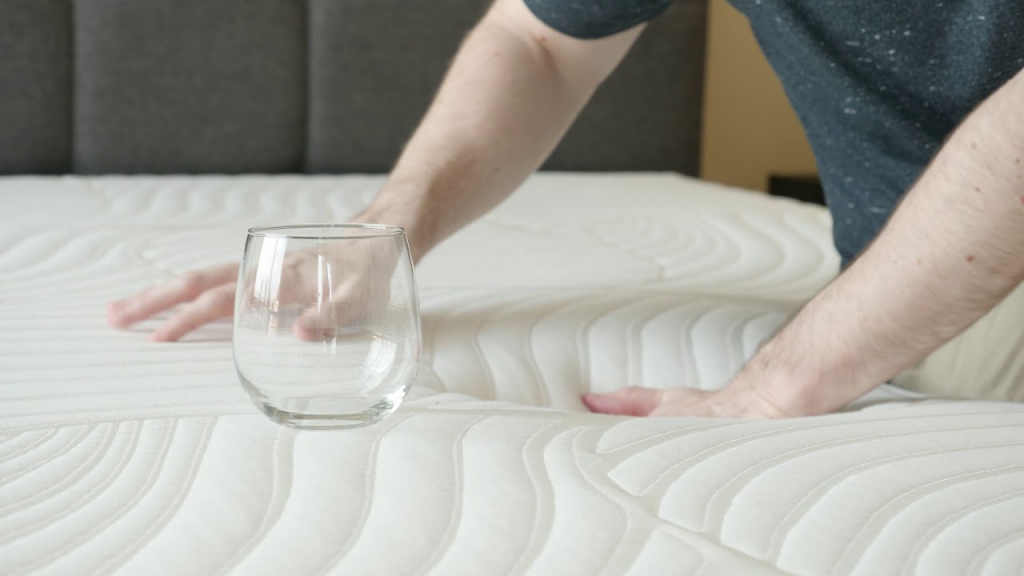
Sleep Temperature
The design of a low profile is very different than a regular mattress. Its flat surface gives significant space between your body and the bed’s surface, allowing airflow to enter between your body and the mattress. This way, you avoid getting hot while sleeping. Airflow is very important because it helps reduce inflammation in every part of your body.

What To Consider While Choosing A Low-Profile Mattress?
There are many things that you should consider when choosing the best low-profile mattress. First of all, you should consider the size of your bed. You’ll want to ensure you have enough room on your bed to fit a low-profile mattress.
Next, consider how your current mattress is holding up. Will it be easy to clean or replace? If it’s not easy, find a bed that’s easier to maintain and maintainable over time (low maintenance). Other things to consider:
Design And Construction
The design of a low-profile mattress is very similar to the other types of mattresses. The main deciding factor between these three types of beds is the pillow top. In solid low profiles, the pillow top is flat so that there’s no cushion or additional support for your spine. The pillow top will support your weight and keep you off the hard surface of your bed.
Durability
Low-profile mattresses are more durable than regular mattresses due to their design and construction. A low profile provides extra padding where you need it most: your back and neck. The extra thickness gives additional support, which helps prevent injuries when sleeping.
FAQ
What is a Low-Profile mattress?
A low-profile mattress is a type of mattress that is shorter in height than a standard mattress, typically ranging from 4” to 8” in thickness.
What are the benefits of a Low-Profile mattress?
Low-profile mattresses offer several benefits, including easier access to and from the bed, less stress on the joints, and easier maneuverability than a standard mattress due to its reduced height.
Can a Low-Profile mattress provide the same support as a standard mattress?
Yes. Low-profile mattresses can provide the same level of comfort and support as standard mattresses, however, mattress thickness and firmness will vary by model.
Who should consider a Low-Profile mattress?
Low-profile mattresses are best suited for people who are looking for a lower, more manageable, and easier-to-maneuver mattress. They are also a great choice for individuals who suffer from joint pain, as they can provide the desired comfort and support while reducing the stress on the joints.
Is a Low-Profile Mattress suitable for all sleepers?
Yes, low-profile mattresses can be suitable for most sleepers, depending on their individual preference. If additional customization is needed, adjustable models may be best in order to tailor the mattress to the specific needs and comfort of the individual.
What type of support should I expect from a Low-Profile mattress?
A Low-Profile mattress should provide optimal support and comfort for all sleepers. The firm support prevents sagging and helps promote proper spinal alignment.
What is the ideal thickness for a Low Profile mattress
The ideal thickness of a Low Profile mattress will vary depending on the individual needs and preferences of the user. However, a mattress between 4”- 8” in thickness is typically considered a low-profile mattress.
Is a Low Profile mattress suitable for a platform bed?
Yes, a Low Profile mattress is suitable for use with a platform bed. However, it is important to check with the mattress manufacturer for the specific requirements for each mattress prior to making a purchase.
How long does a Low Profile mattress last?
The lifespan of a Low Profile mattress is typically dependent on the quality of the materials used and the frequency of use. Generally, a well-made mattress should last between 5-10 years.
What type of warranty is offered on a Low Profile mattress?
Most mattress manufacturers offer a limited warranty on their products ranging from 5-25 years in length. It is important to check the manufacturer’s warranty to determine the exact details of the warranty and coverage.
You may want to revisit some parts of the article

